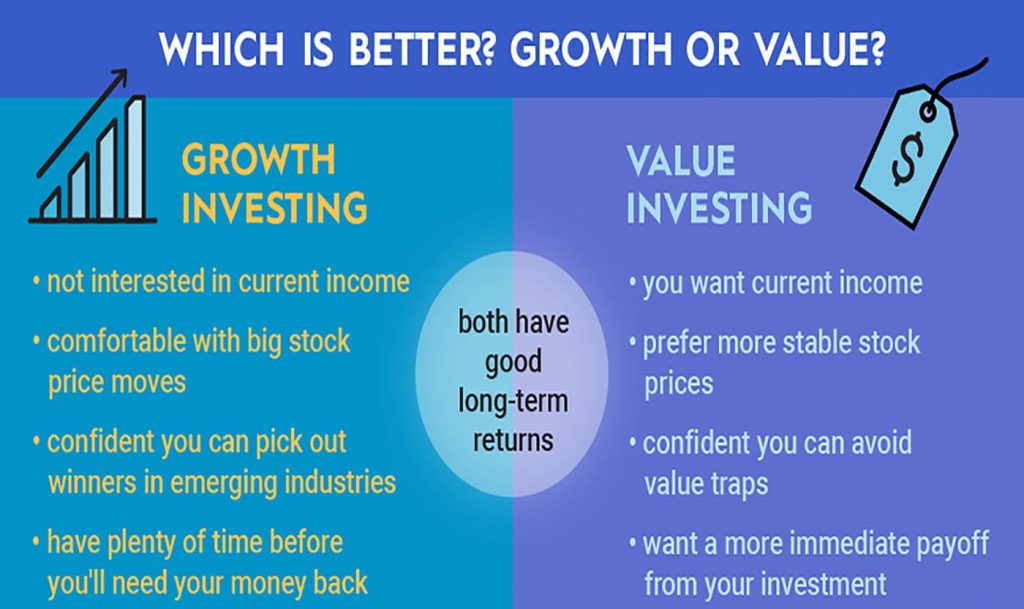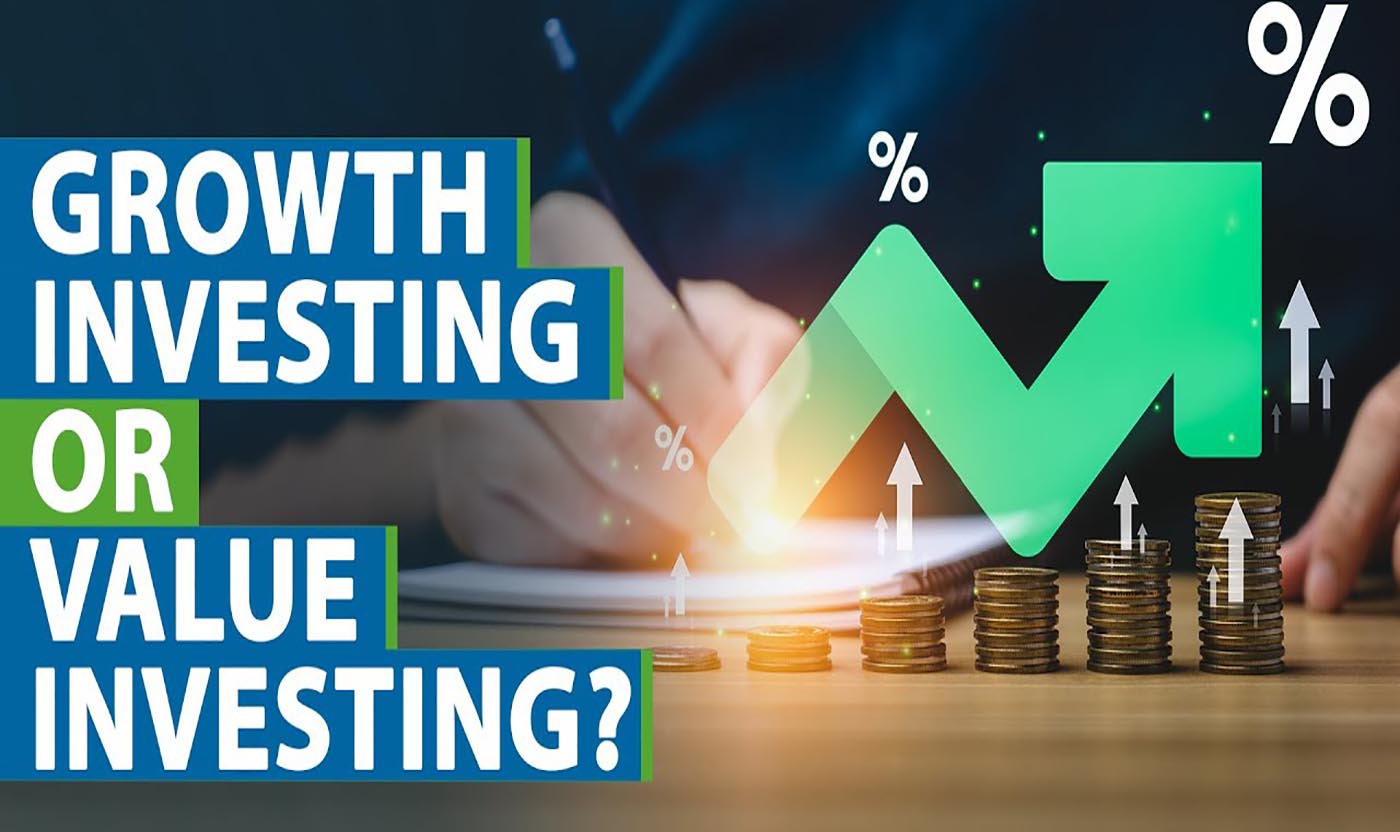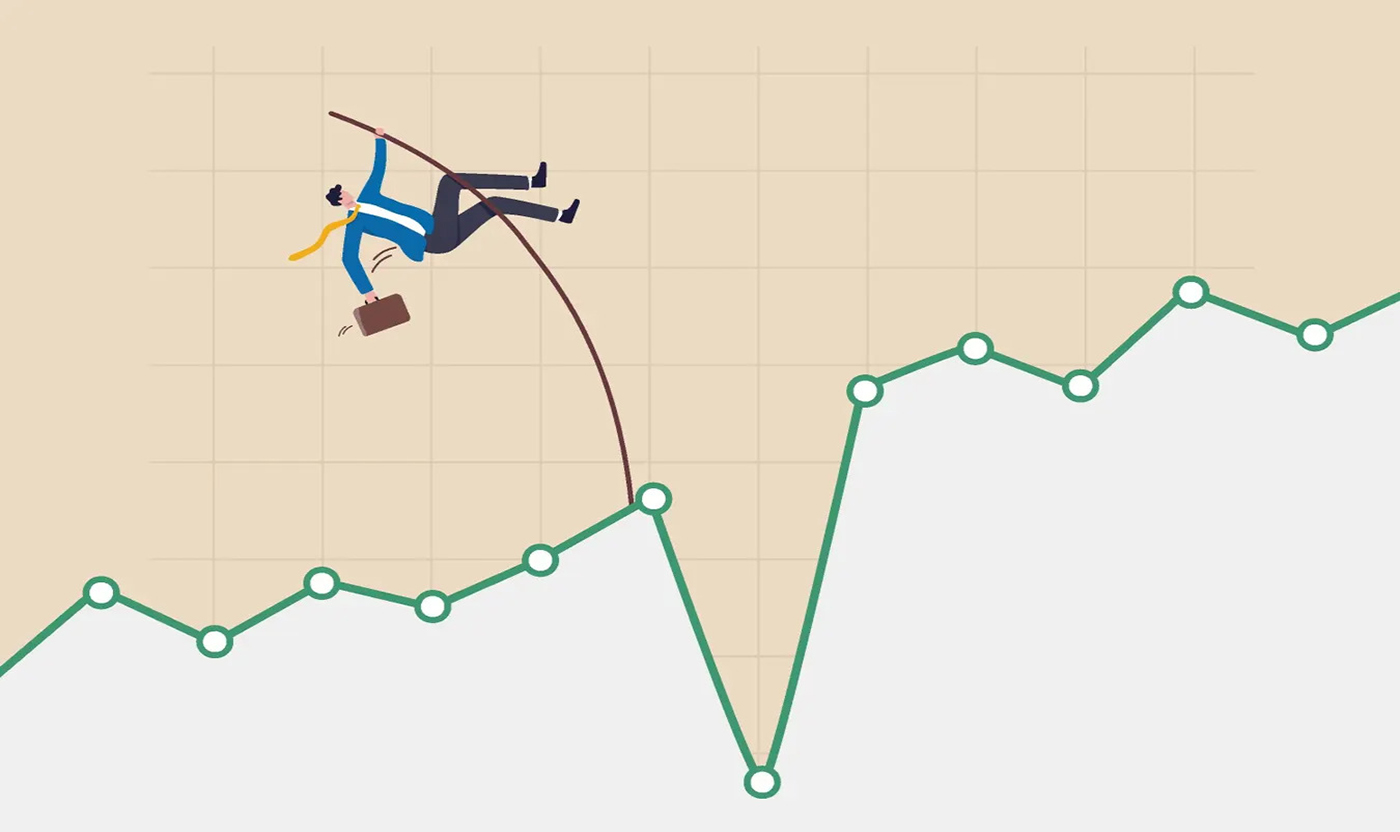As we enter the final stretch of 2024, the investment world is abuzz with discussions about growth stocks and value stocks. The two categories have been at the forefront of investment strategies for decades, each offering distinct opportunities and risks. But how do you decide which is better suited for your portfolio? Should you focus on the high-growth potential of emerging companies, or is it wiser to stick with established, undervalued companies with steady returns?
If you’re a new or intermediate investor, this can be a difficult question to answer, but it’s one worth taking the time to consider. Understanding the characteristics, advantages, and potential risks of growth stocks and value stocks will help you make more informed decisions that align with your personal investment goals and risk tolerance.
In this article, I’ll break down the key differences between growth stocks and value stocks, explain their respective roles in your portfolio, and give you actionable advice to decide which strategy is more appropriate for your current situation.
1. Defining Growth Stocks
Let’s begin by understanding what growth stocks are. In simple terms, growth stocks represent companies that are expected to grow their earnings at an above-average rate compared to other businesses in the market. These companies are usually in emerging or innovative sectors such as technology, biotechnology, or clean energy. Growth stocks are often favored for their high potential for capital appreciation, but they come with a fair share of volatility.
Characteristics of Growth Stocks:
- High Growth Potential: Growth stocks typically have above-average earnings growth, driven by innovative products or services.
- Higher Risk: Because these companies are often in early stages of development or operating in volatile sectors, their stocks can be more prone to market fluctuations.
- Price-to-Earnings (P/E) Ratio: Growth stocks tend to have higher P/E ratios, meaning investors are willing to pay a premium for the potential future growth.
- Low or No Dividends: Many growth companies reinvest their profits into expanding the business, rather than paying dividends to shareholders.

Examples of Growth Stocks:
- Tesla (TSLA): A prime example of a growth stock, Tesla has revolutionized the electric vehicle industry. The stock’s growth has been explosive, but it’s also been extremely volatile.
- Nvidia (NVDA): With the rise of artificial intelligence and data processing, Nvidia has experienced significant growth due to its leading position in the semiconductor market.
- Zoom (ZM): During the COVID-19 pandemic, Zoom became a household name and saw massive growth as remote work and video conferencing became the norm.
Pros of Growth Stocks:
- High Return Potential: The primary allure of growth stocks is the potential for outsized returns. If you pick the right company at the right time, the gains can be substantial.
- Innovation and Disruption: Growth companies are often at the forefront of innovation, which can create new markets and opportunities for growth.
Cons of Growth Stocks:
- Volatility: Because growth stocks are typically in emerging industries, their value can fluctuate significantly. The stock price might soar when things are going well, but it can also crash when there’s bad news or a market downturn.
- High Valuation: Growth stocks can be expensive compared to their earnings, which means there’s less room for error. If the company fails to meet growth expectations, the stock price can take a significant hit.
2. Defining Value Stocks
Value stocks, on the other hand, are shares of companies that are trading for less than their intrinsic value. These companies are typically well-established, with stable earnings and a long history of success. Value stocks tend to be less volatile than growth stocks, and they often pay dividends, which makes them attractive for investors seeking stability and income generation.
Characteristics of Value Stocks:
- Undervalued: Value stocks are trading below their fair market value, which may be due to temporary setbacks, poor market sentiment, or macroeconomic factors.
- Steady Earnings: These companies typically generate consistent earnings, which allows them to pay dividends to shareholders.
- Lower Risk: Because they are often established companies with a proven track record, value stocks are considered less risky than growth stocks.
- Price-to-Earnings (P/E) Ratio: Value stocks typically have lower P/E ratios, indicating that they are undervalued relative to their earnings potential.
Examples of Value Stocks:
- Johnson & Johnson (JNJ): A stalwart in the healthcare industry, Johnson & Johnson is known for its steady performance and dividend payments. It’s a classic example of a value stock that provides stability over growth.
- Coca-Cola (KO): Coca-Cola has been around for decades, and despite some market challenges, its stock remains a solid value investment due to its consistent earnings and global brand.
- Bristol-Myers Squibb (BMY): A pharmaceutical company with strong fundamentals, Bristol-Myers Squibb is another example of a value stock that offers stability and dividend income.
Pros of Value Stocks:
- Lower Risk: Value stocks tend to be less volatile than growth stocks, making them a safer choice, especially for investors with lower risk tolerance.
- Dividends: Many value stocks pay regular dividends, providing investors with a steady stream of income. This can be especially appealing for retirees or those seeking passive income.
- Potential for Rebound: Because value stocks are often undervalued, there’s a potential for a rebound once the market realizes the company’s true value. This could result in capital appreciation over time.
Cons of Value Stocks:
- Slower Growth: While value stocks are more stable, they often don’t offer the explosive growth that growth stocks can provide. If you’re looking for high returns, value stocks may not meet your expectations.
- Value Traps: Sometimes, stocks are undervalued for a reason. If a company’s fundamentals are poor or its future prospects are bleak, a value stock may never recover, even if it’s trading at a discount.
3. How to Choose Between Growth and Value Stocks
So, now that you understand the basic differences between growth and value stocks, the next question is: which one should you choose for your portfolio? The answer depends on your personal investment goals, time horizon, and risk tolerance.
a. Risk Tolerance
- Growth Stocks: If you have a higher risk tolerance and are willing to withstand market volatility for the potential of higher returns, growth stocks may be a good fit. These stocks are ideal for long-term investors who can handle fluctuations in the short term.
- Value Stocks: If you prefer stability and want to minimize risk, value stocks may be more appropriate. These stocks can offer steady growth and income through dividends, making them a safer bet for risk-averse investors.
b. Time Horizon
- Growth Stocks: If you’re investing with a long-term horizon (10 years or more), growth stocks can provide substantial returns, as they have the potential to outperform over time.
- Value Stocks: If you’re looking for more stable, consistent returns and have a medium-term horizon (5 to 10 years), value stocks may be better suited to your needs.
c. Diversification
For most investors, a blend of both growth and value stocks can provide the best of both worlds. A diversified portfolio that includes both categories can balance the volatility of growth stocks with the stability of value stocks, ensuring that your portfolio performs well in both bull and bear markets.
You can achieve this diversification through exchange-traded funds (ETFs) or mutual funds that specialize in either growth or value stocks. Websites like Vanguard (www.vanguard.com) and Fidelity (www.fidelity.com) offer a variety of ETFs and mutual funds that focus on growth and value investing.
4. Building Your Portfolio
When constructing your investment portfolio, it’s crucial to consider the balance between growth and value stocks that aligns with your financial goals and risk tolerance. Here are some general guidelines:
- Younger Investors: If you’re early in your career and have decades before retirement, you may want to focus more on growth stocks. The long time horizon allows you to ride out the inevitable ups and downs of the market, giving growth stocks time to flourish.
- Older Investors: If you’re closer to retirement or have a lower risk tolerance, a heavier allocation to value stocks may be more appropriate. These stocks offer more stability and income through dividends, which can help fund your retirement.
A good starting point for many investors is a 60/40 or 70/30 split between growth and value stocks, but the exact ratio should depend on your individual circumstances.

5. Keeping Up with the Market
As you progress with your investments, it’s important to stay informed and adjust your portfolio as needed. Websites like Seeking Alpha (www.seekingalpha.com) offer in-depth analysis and commentary on stocks, while Yahoo Finance (finance.yahoo.com) provides up-to-date stock quotes and market trends.
6. Which Is Right for You?
Whether growth or value stocks are better for your portfolio depends on your investment goals, risk tolerance, and time horizon. For long-term investors willing to take on more risk for higher returns, growth stocks can offer substantial rewards. On the other hand, value stocks provide stability, consistent income, and lower risk, making them ideal for conservative investors or those seeking a more balanced approach.
A diversified portfolio that includes both growth and value stocks may be the best way to ensure you’re positioned for success in both good and bad market conditions. No matter which path you choose, remember that consistency, research, and patience are key. Stay the course, and over time, your investments will work toward building the financial future you want.
Happy investing!



